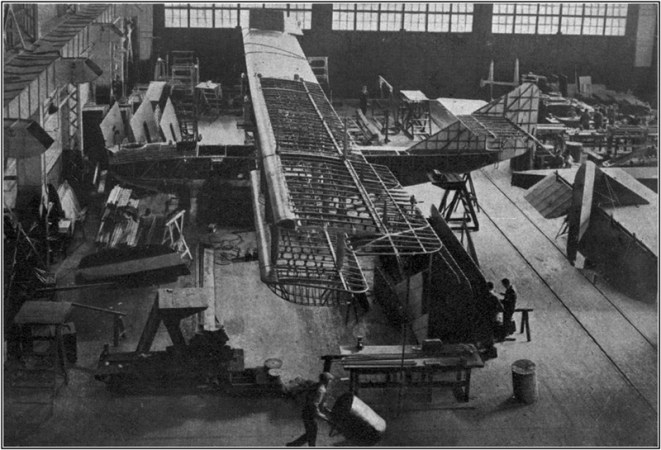(U.S. Air Force)
Have you ever noticed how birds fly in a V formation? Well, this isn’t just some fluke of nature, nor is it a defensive deterrent to aerial predators like it was for WWII bombers. Rather, avian scientists have determined that birds fly in V formations, especially on long migratory flights, in order to increase their aerodynamic efficiencies by flying in close formation.
The lead bird creates an updraft that the trail birds can take advantage of in order to reduce their own energy output. It’s similar to the technique of drafting that racing drivers use to overtake each other. By sitting closely behind the driver in front, the overall effect of drag on the driver behind is reduced. This allows the trail driver to save energy by exploiting the lead driver’s slipstream.

A computer rendering of the updraft that fello’fly is trying to take advantage of (Airbus)
Airbus has begun investigating the principle of wake energy retrieval for airplanes. They call it the Airbus fello’fly demonstrator project. By applying the principle to commercial planes, they aim to reduce CO2 emissions from widebody operations by 3-4 million tons per year. However, flying in formation poses a number of risks and challenges to all parties involved in the proposed passenger formation flights.
For airlines, the first problem that will have to be addressed is determining which planes will fly together on a given day. For air navigation service providers, the challenge will be bringing the planes together in formation in a safe and efficient manner. In order to conduct their study, Airbus has partnered with two airlines, French Bee and SAS Scandinavian Airlines, and three ANSPs, the French DSNA, the UK’s NATS, and EUROCONTROL.

ATC would coordinate the rendezvous of the two planes (Airbus)
The easiest approach to coordinating formations will be to apply the principle to frequently flown routes first. For example, the transatlantic route sees heavy traffic between the East Coast of the United States and Western Europe. In this example, a plane flying from London to New York would be paired with a plane flying from Paris to Washington, D.C. Fello’fly proposes that once both flights are in oceanic airspace, a single ANSP would assume control and bring the two planes together.
According to current regulations, planes in oceanic airspace are required to maintain a distance of 30-50 nautical miles. However, fello’fly suggests that the planes would have to close that distance to just 1.5 nautical miles in order to take advantage of wake energy retrieval. The two flights would be directed by air traffic control to arrive at a designated oceanic clearance point before entering their transatlantic route. ATC would direct both planes to arrive at the point at the same time, but on two different flight levels and separated by 1,000 feet of altitude. The trail aircraft would then be guided into position 1.5 nautical miles behind the lead aircraft and still 1,000 feet below. From here, the pilots would employ flight assistance functions in order to move their aircraft into the wake energy retrieval positions. The trail plane would sit in the updraft of the lead plane and both aircraft would be identified as a single formation flight until they separated to head to their respective destinations.

The pilots would be guided into position by assistance systems (Airbus)
The first step in making flying formation a reality for commercial flights is to create standard operating procedures and regulations in order to ensure that the practice is safely implemented. Airbus’ fello’fly team is working closely with airlines and ANSPs to generate these guidelines. “In the aviation industry, achieving our emission-reduction targets will require implementing innovative new ways to use aircraft in the skies,” said fello’fly Demonstrator Leader Nick Macdonald. “Our collaboration with our airline partners and ANSPs on fello’fly shows that we’re making good progress towards these goals.” Initial flight tests have already begun as the fello’fly team evaluates pilot assistance technology to ensure optimal conditions for safety when planes fly in formation. Fello’fly aims to conduct flight demonstrations in oceanic airspace in 2021, and involve airlines, ANSPs, and a controlled Entry-Into-Service by 2025. In the near future, commercial planes might fly like formations of birds or B-17 bombers.


























